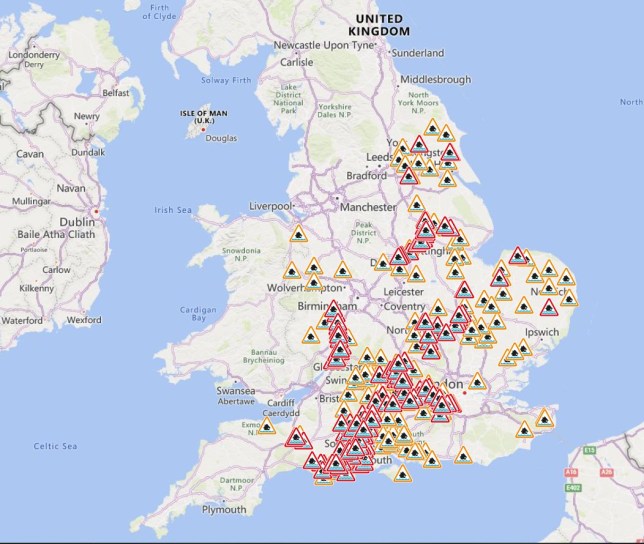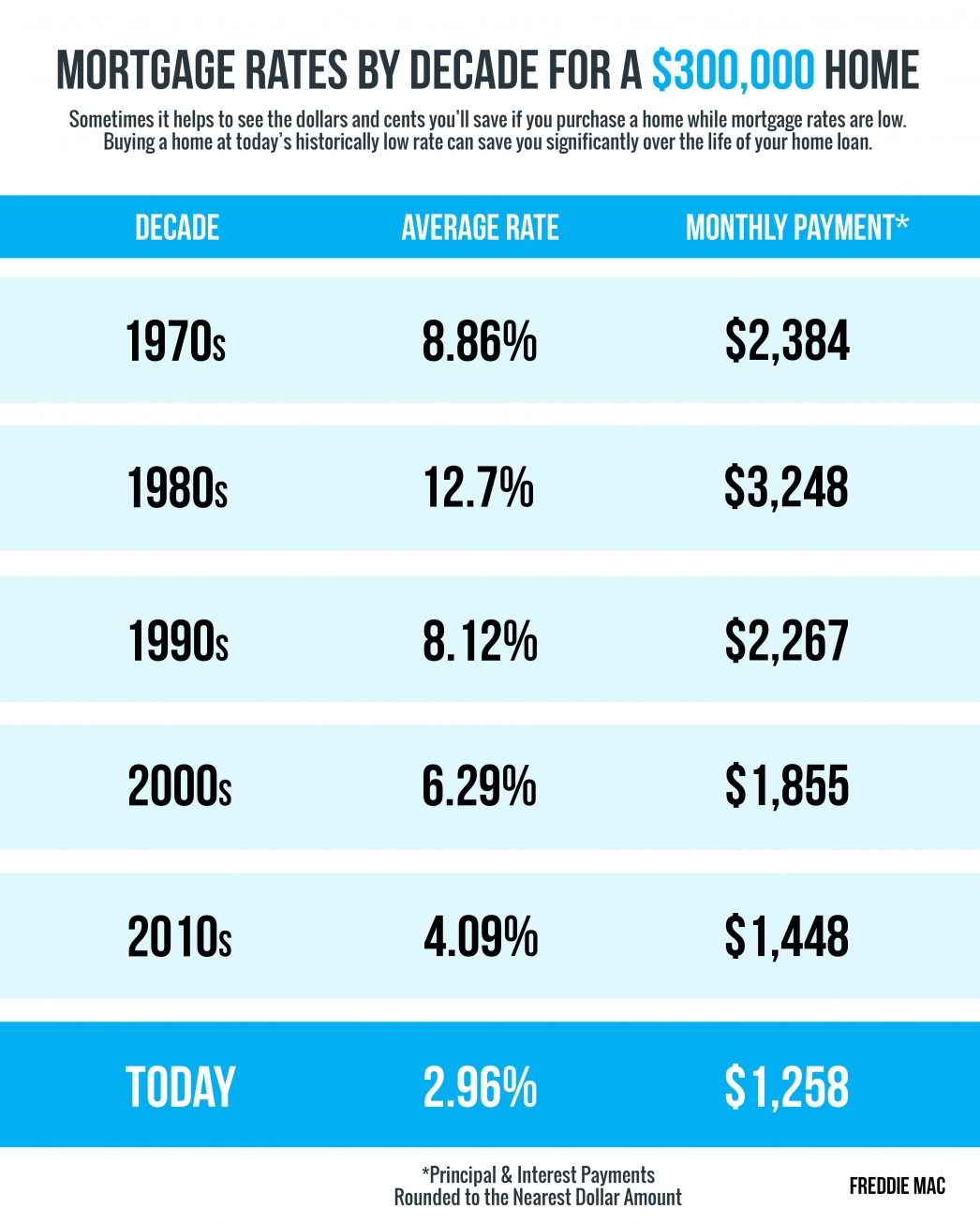Flood Warnings & Alerts: A Comprehensive Guide To Protecting Yourself

Table of Contents
Understanding Flood Warnings & Alerts
Different levels of alerts signify varying degrees of flood risk. Familiarizing yourself with these distinctions is the first step towards effective flood preparedness. Key terminology includes:
- Flood Watch: Conditions are favorable for flooding. Stay informed and be prepared to take action.
- Flood Warning: Flooding is occurring or is imminent. Take immediate action to protect yourself and your property.
- Flood Advisory: Flooding is possible. Be aware of potential hazards and monitor conditions closely.
Other crucial terms include:
- Flood Stage: The water level at which flooding begins in a specific area.
- Crest: The highest point a flood reaches.
- Inundation: The covering of an area by water.
Understanding these terms and the severity levels of different alerts will help you respond appropriately to the situation.
Reliable sources for flood warnings and alerts include:
- The National Weather Service (NWS) website and mobile app.
- Local news channels and weather reports.
- Emergency alert systems (e.g., NOAA Weather Radio).
- Reputable weather mobile apps.
Creating a Flood Preparedness Plan
Proactive planning is vital for minimizing the impact of a flood. A well-defined plan increases your chances of survival and reduces property damage. Key elements include:
- Family Communication Plan: Designate an out-of-area contact person for family members to check in with. Establish a meeting point in case of separation.
- Flood Emergency Kit: Prepare a kit with essentials like:
- At least a three-day supply of non-perishable food and water.
- First-aid kit and essential medications.
- Flashlight, radio, extra batteries.
- Copies of important documents (insurance policies, identification).
- Cash.
- Identify Flood Risks: Determine potential flood zones in your area using FEMA flood maps or local resources.
- Develop an Evacuation Plan: Identify evacuation routes and designated meeting points. Know the location of the nearest shelters.
- Pet Preparedness: Include your pets in your evacuation plan. Prepare a pet carrier with food, water, and medical records.
Protecting Your Home Before a Flood
Taking preventative measures significantly reduces the vulnerability of your home to flood damage. Consider these actions:
- Flood-Proofing: Elevate electrical systems and appliances. Install sump pumps and backflow preventers. Reinforce foundations.
- Flood Insurance: Purchase flood insurance through the National Flood Insurance Program (NFIP) or a private insurer. Many areas have a waiting period before coverage takes effect, so obtaining insurance early is crucial.
- Pre-Flood Security:
- Move valuable items to higher ground.
- Disconnect electrical appliances and utilities.
- Bring outdoor furniture inside.
- Clear gutters and downspouts.
- Sandbagging: Learn how to properly fill and stack sandbags to protect your property from rising water.
Actions to Take During a Flood
During a flood, prioritize safety and follow official instructions. Key actions include:
- Evacuation: If instructed to evacuate, do so immediately.
- Seek Higher Ground: Move to higher ground if evacuation is not possible.
- Avoid Floodwaters: Never drive or walk through floodwaters. The depth may be deceiving, and the water may be contaminated.
- Electrical Hazards: Avoid contact with electrical equipment or power lines.
- Contaminated Water: Avoid contact with floodwaters, as they can contain harmful bacteria, chemicals, and debris.
Recovering After a Flood
Recovering from a flood can be a lengthy and challenging process. Take these steps:
- Assess Damage: Carefully inspect your home and property for damage. Document everything with photos and videos.
- Contact Insurance and FEMA: File a claim with your insurance company and contact FEMA for potential assistance.
- Safe Cleanup: Avoid mold by quickly removing water and drying out affected areas. Discard any items that cannot be thoroughly cleaned and disinfected.
- Emotional Support: Seek professional help if you are struggling with the emotional aftermath of the flood.
Conclusion
Being prepared for floods is essential for protecting yourself and your community. Understanding flood warnings & alerts, creating a comprehensive preparedness plan, protecting your home, and knowing what actions to take during and after a flood are all critical steps. Don't wait for a flood warning; take control of your flood safety today by creating a comprehensive flood preparedness plan using the resources and information provided in this guide on flood warnings and alerts. Staying informed about local flood warnings and alerts systems is key to ensuring your safety and minimizing the potential impact of flooding. Improve your flood preparedness and build a stronger sense of flood safety for yourself and your family.

Featured Posts
-
 Gestion Cycliste Le Jeu Rtbf Pour Le Tour De France Arrive
May 26, 2025
Gestion Cycliste Le Jeu Rtbf Pour Le Tour De France Arrive
May 26, 2025 -
 Understanding The Dynamics Of The F1 Drivers Press Conference
May 26, 2025
Understanding The Dynamics Of The F1 Drivers Press Conference
May 26, 2025 -
 Francis Sultanas Contribution To The Design Of Robuchon In Monaco
May 26, 2025
Francis Sultanas Contribution To The Design Of Robuchon In Monaco
May 26, 2025 -
 Bathmologia Euroleague Allages Meta Ti Niki Tis Monako Sto Parisi
May 26, 2025
Bathmologia Euroleague Allages Meta Ti Niki Tis Monako Sto Parisi
May 26, 2025 -
 What To Watch On Monday 10 Top Tv And Streaming Options
May 26, 2025
What To Watch On Monday 10 Top Tv And Streaming Options
May 26, 2025
Latest Posts
-
 Personal Loan Interest Rates Today Financing Starting Under 6
May 28, 2025
Personal Loan Interest Rates Today Financing Starting Under 6
May 28, 2025 -
 Finding A Direct Lender For Bad Credit Personal Loans Up To 5000
May 28, 2025
Finding A Direct Lender For Bad Credit Personal Loans Up To 5000
May 28, 2025 -
 Personal Loans With Guaranteed Approval For Bad Credit Up To 5000
May 28, 2025
Personal Loans With Guaranteed Approval For Bad Credit Up To 5000
May 28, 2025 -
 Abd Tueketici Kredileri Mart Ayi Artisinin Sebepleri Ve Sonuclari
May 28, 2025
Abd Tueketici Kredileri Mart Ayi Artisinin Sebepleri Ve Sonuclari
May 28, 2025 -
 Secure Personal Loans For Bad Credit Direct Lender Options And Up To 5000
May 28, 2025
Secure Personal Loans For Bad Credit Direct Lender Options And Up To 5000
May 28, 2025
